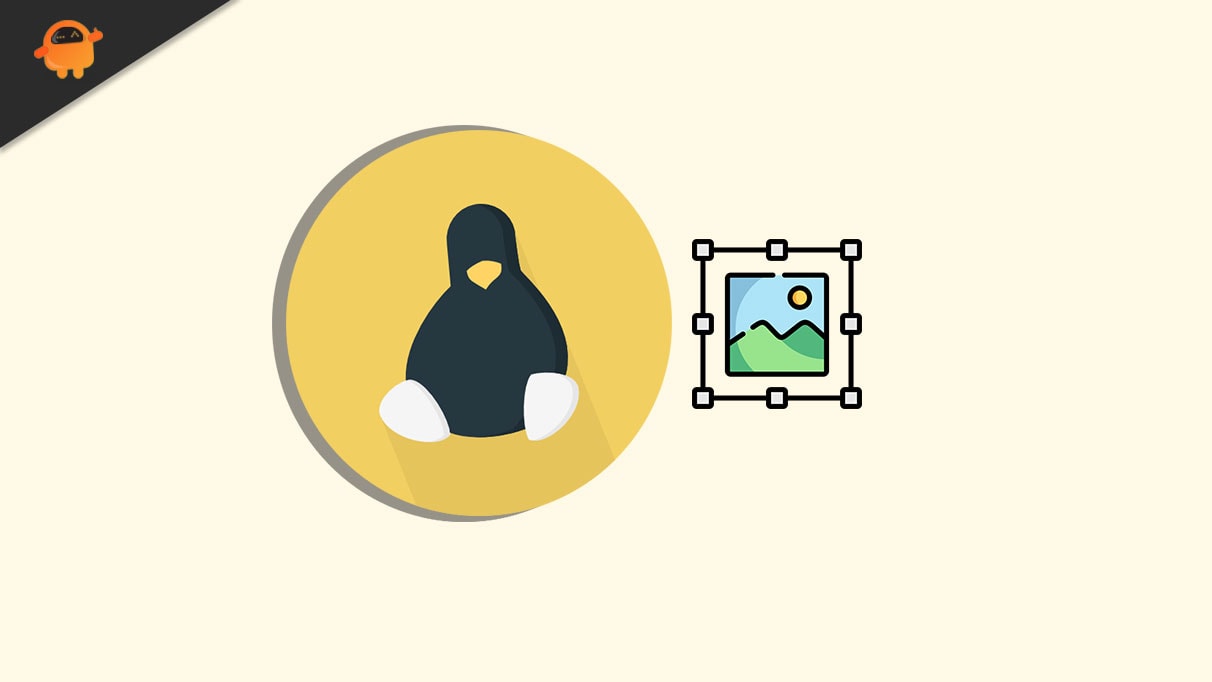With this guide, I’m going to tell you how to take a screenshot on Linux. We all capture screengrab irrespective of whatever operating system we use. Normally, Linux offers various quirky ways for its users to capture a screenshot. I have explained how to use the basic keyboard Print-screen command to grab an instance of the screen.
At the same time, I have also explained how to use other Linux apps and image editors to create a screenshot on your Linux computer. Almost all the apps including the inbuilt service of Linux for taking screenshots works in a similar way. Capturing the screen has never been easier. Let’s check out the various way to create and customize a screenshot on Linux.
Also Read

Page Contents
Various Methods to Take Screenshot on Linux
The regular keyboard-based commands have a few variants. That will allow you to customize your screenshot image.
Using Keyboard to Take A Screenshot on Linux
- To take a full screenshot of the entire display simply hit the PrtScn button on the keyboard
- If you Alt + PrtScn key combination the screenshot captured will be automatically saved to the native folder Pictures
- To add more scope of customization press Shift+PrtScn to take a screenshot and then crop the required part instead of saving the whole screen content
Features of the Gnome Screenshot Utility on Linux
Alternatively, you can use the native Gnome utility to take a screenshot on Linux. Here are some of its features that will come in very handy in customizing the screen content image.
You can set a timer as well. It’s the same as camera shutter delay. You can set a timer of 3 or 5 seconds which is the time after you press any screenshot hotkeys on the keyboard.
After that time the screen grab will be captured and saved to the destination folder. You can also select whether the screenshot will include the mouse pointer or not. Again Gnome allows you to choose between capturing the entire screen or crop out a version part that you require.
Use GIMP Image Editor to Save Screenshots
GIMP is a popular free image editor available across all the major operating systems including Linux.
In some distribution of Linux, you can find this app natively present on the system. For some other distributions, you may have to manually download and install it.
- open GIMP
- To capture a screenshot click on File
- Then click Create > Screenshot
- The screenshot taking process on GIMP is entirely similar to that of Gnome
- You can add a delay timer of a few seconds before capturing the correct screenshot
- Also, you can select between capturing the whole screen or a part of it by cropping
- If you want you can also include the mouse pointer in the screenshot
- Once you have set all the parameters you can click on Snap to take the screenshot.
- Then to save the screengrab simply press Shift + Ctrl + S
- You may also click File > click Save As
Using Shutter App for Screenshots
Here is another app called Shutter that you can install and use to capture a screenshot on Linux.
To install it on Debian distros,
- search in the package manager for Shutter
- To install it, give the command sudo add-apt-repository ppa: shutter/ppa
- Hit enter
- Then type sudo apt-get install Shutter
Here is how you can take screenshots using Shutter.
- Launch Shutter
- There will be three options Selection, Desktop, and Window
- Selecting the option desktop captures the screen automatically
- Selection as the name suggests allows you to select the part of the screen that you capture or grab the entire content of the screen
- If you select the options Window, then click on any active Window you are on to capture it instantly
- Once you capture the screen the screenshot image will be saved by default to the Pictures folder.
So, these are the various ways by which you can take screenshots on Linux. Do you already use any of these methods for capturing screengrab.? Let me know in the comments section.
